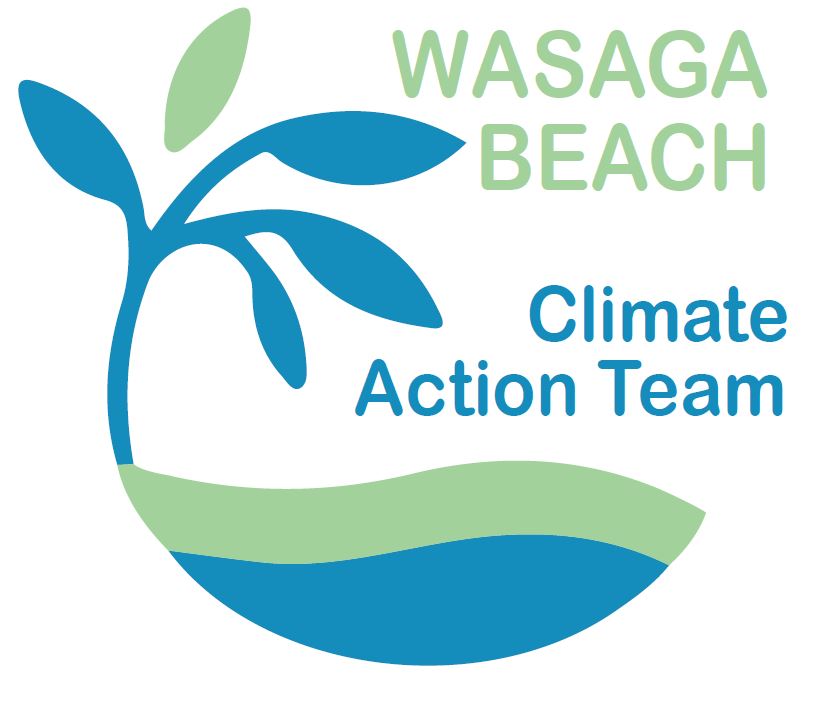
3 minute read
The Wasaga Beach Climate Action Team
Climate change is the most pressing issue of our time. To mitigate climate change, we need everyone — individuals, industries, cities, countries — to reduce greenhouse gas (GHG) emissions and their carbon footprint.
But first what is a Carbon Footprint? A carbon footprint is an estimate of the total emission volume of greenhouse gases in our atmosphere that trap and release heat, and therefore contribute to climate change.
Industries, agriculture and cities have large carbon footprints, but people do too. The choices you make every day, from eating and shopping, watching TV or your smart phone, commuting and traveling; almost all your activities release GHG, leave a mark on the environment, and impact the climate.
Then, how do you Measure a carbon footprint? The carbon footprint is usually measured as metric tons of carbon dioxide (CO2) emitted per year, meaning other greenhouse gases such as Methane, Nitrous Oxide, Hydrofluorocarbons, or Ozone are transformed to a Co2 metric. For example, the average Canadian emits 14.86 tons of Co2 per year (the average person at a global level generates 4.8 tons), the Wasaga Beach Climate Action Team (WBCAT) average footprint is 10.86 metric tons per person.
Most of people’s carbon footprint come from these five key areas: Energy (ie. heat, AC, hot water, light), Transportation (ie. commuting to work, driving kids to school or shopping), Travel (ie. flights, vacations) Food Consumption and Waste.
The first step to reducing your environmental impact is to measure your current carbon footprint.
So how can I measure my household carbon footprint? Wasaga Beach Climate Action Team (WBCAT) is partnering with Collingwood Climate Action Team (CCAT) and climate action teams from other South Georgian Bay towns, using the Carbon Neutral Platform to measure your household carbon footprint, in order to make positive, lasting changes.
It is very easy, in less than five minutes and a few clicks, you’ll receive a snapshot of your household carbon footprint and it will suggest what actions you can take to lower it.
Small changes can have a significant impact, here are a few tips: reduce by 1 degree the temperature of your thermostat, switch lights off and unplug electronic devices when not in use. Replace your furnace with a heat pump or retrofit your house while taking advantage of federal or provincial grants. Take showers instead of baths. Optimize your shopping trips, use your bicycle instead of driving your car and carpool to commute. Reduce meat consumption in your diet. Reduce waste. Reuse. Recycle.
Measuring your carbon footprint is your first step toward taking Climate Action, so why don’t you do it right now? You may be surprised.
Take the Carbon Footprint Challenge NOW!

Visit this link wasagabeachclimateaction.com/carbon-footprint-challenge or Scan this QR Code

It will take you only 5 minutes to measure your household carbon footprint.
Engage with Wasaga Beach Climate Action Team: wasagabeachclimateaction.com/ info@wasagabeachclimateaction.com










